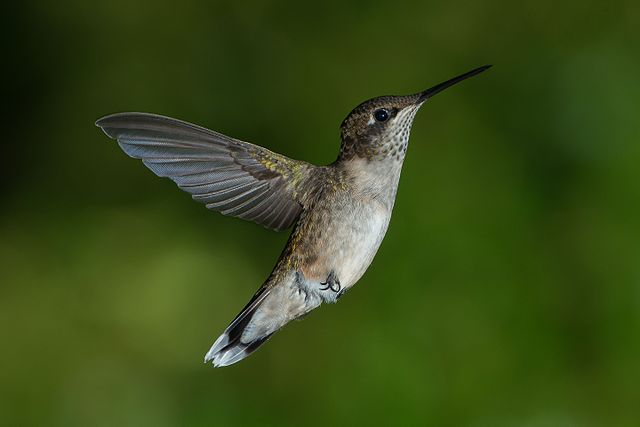
(Photo from
https://askabiologist.asu.edu/human-bird-and-bat-bone-comparison)
|
Avian Skeletal System
& Adapted Traits
As
creatures capable of generating enough lift to
fly, birds can certainly be considered a
talented bunch. However, one major disadvantage
that birds have when compared to something like
an airplane is their distinct lack of engine
propulsion. To compensate for this, a bird must
be light enough to be reasonably capable of
lifting itself through the sheer combined force
of its wing movements and the wind.
Some
specific traits that birds have to minimize
their weight are bones filled with hollow
spaces, a reproductive system that allows them
to refrain from carrying their developing
offspring in their body, and very quick
digestive systems. These traits and more allow
birds to maintain a low body mass at all times
in order to make flying easier.
|
